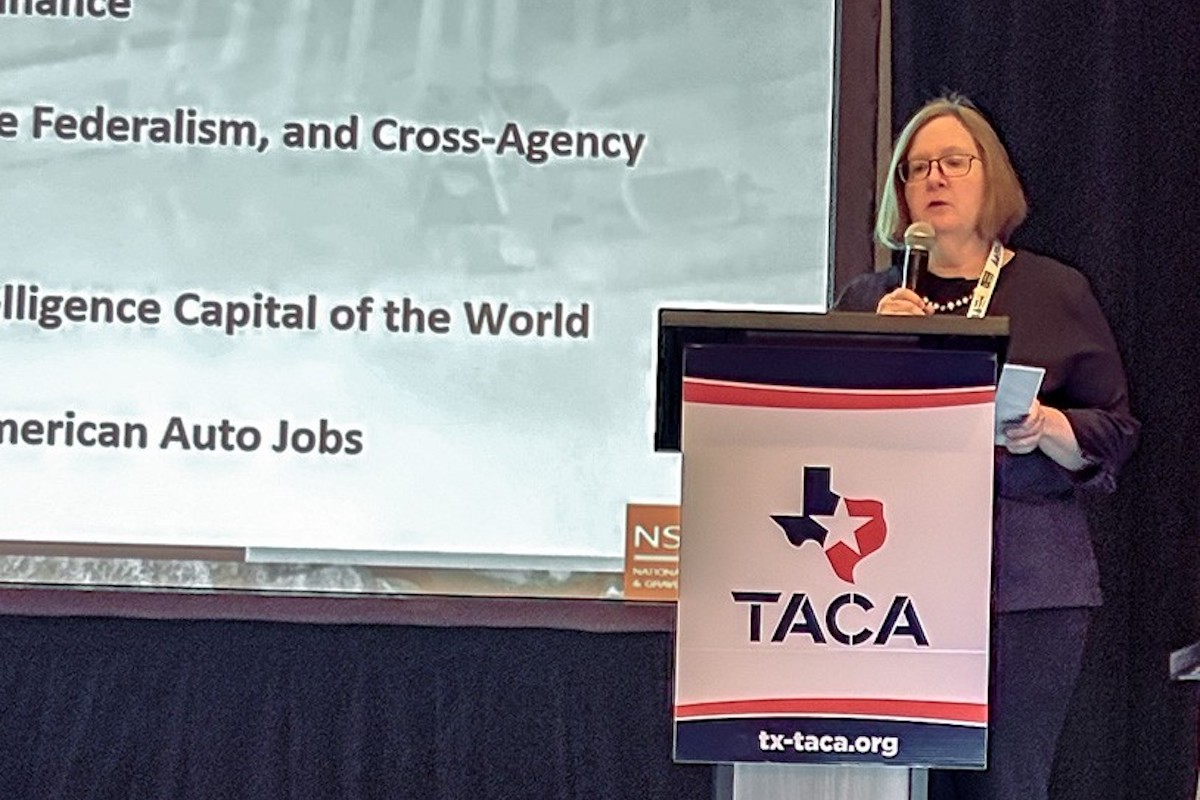A digital signature is a type of electronic signature that uses encryption to link a signer with a particular document and to protect the signed document. Once a document is signed, it is locked. If the document is changed (via mark-up, annotation, or otherwise) at any time after signing, the signature is considered invalid.
For those skeptical of the concept, you may question whether an e-signature is legally valid and enforceable. Most of the time, the answer is yes – an electronically signed document is just as enforceable in court as one signed with ink. In fact, virtually every state has laws that allow for legally enforceable electronic signing. The federal government’s statute is the Electronic Signatures in Global and National Commerce Act, or “ESIGN”. Generally, all that is required for an e-signature to be enforceable is: evidence of clear intent to sign the document, expressed consent to conduct business electronically, an option to opt out of doing business electronically, and distribution and retention of the electronic documents.
Aside from speed, electronically signing documents can save a contractor printing and storage costs. All documents can be stored electronically without the need to scan or keep track of a high volume of paper documents. Storing documents electronically can also increase confidentiality of certain documents. Only those with access to the company’s database will have access to proprietary documents, as opposed to files being exposed on someone’s desk or in a lost filing cabinet. Moreover, documents signed and maintained in an electronic format are more easily organized and can be more easily searchable than paper documents. Electronically stored documents can travel and be pulled up on a project manager’s iPad or a superintendent’s iPhone for easy access.
If a company does not implement a system of electronic signatures carefully there can be other real risks, such as forgery or fraud. Forgery entails a person signing a document while purporting to be someone else whereas fraud involves a person signing a document then later claiming that they did not in fact sign the document. Both paper signatures and electronic signatures are susceptible to those threats, however, there are ways that contractors can protect themselves against them.

| Your local NPK Construction Equipment Inc dealer |
|---|
| WPI |
One method of protection is the use of the third-party software (mentioned above) that implements its own automatic safeguards for the process. Another way is implementing a business process that provides for extrinsic evidence of the transaction. This could be contemporaneous phone calls with the one signing the document or emails showing receipt of the e-signed document from the signer’s email address.
Another consideration is authority. Does your superintendent have authority to change a contract term? The ease of electronic signatures can create misunderstandings about whether the company agreed to a change. Be clear in your contract documents and in your day-to-day administration about who does – and doesn’t – have authority.
Finally, remember that the ease of electronic signatures may allow some to drop their guard. We have seen several cases where electronic documents from suppliers include a personal guarantee. You don’t want to be paying lawyers to argue over whether you intended to sign that guarantee, or whether your employee was authorized to “sign” on your behalf. Technological advances don’t change the old rule: read it and understand it before you sign it.
Determining whether and how to use electronic signatures in a particular transaction must consider the parties’ specific needs and the circumstances of the transaction. But one thing is certain, the use of e-signatures is rising and construction companies must be prepared to deal with all that they entail.
Kellie M. Ros is an Associate at Peckar & Abramson, P.C. She can be reached at KRos@pecklaw.com and 713-568-3365.






































































